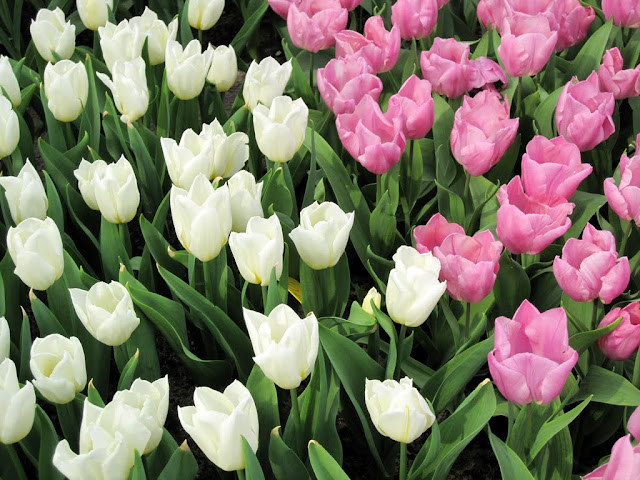It's said that we shape buildings, but thereafter they shape us. Nothing could be more true. Buildings are a reflection of the values and social structures of the period when they are build, and are designed to enable (and reinforce) the social norms of the time. When a particular building style or convention takes off, it literally does reshape the social interactions that are possible within that space. Similarly, we also shape cities, but thereafter they shape the lives of all residents within the city. So far, Amsterdam is the best example of this that I've found.
The canals of Amsterdam are the result of urban planners of the 17th century grappling with the challenge of how to facilitate seemingly endless trade in the city of Amsterdam during the dutch golden age. Being a low country, any canal dug will fill with water easily and this was used to put virtually every building in old Amsterdam within walking distance of a point where boats could bring goods in and out. The steam engine didn't exist, which meant that all serious trade happened by way of the water. Building canals was like building superhighways: it made trade and travel cheap and easy inside of Holland. It was a practical solution for the time, but today it's more seen as charming than functional.
The choice to build extensive canals gave us Amsterdam today. The signature buildings that we find today along the canal where built with hoists to offload cargo from boats and designed with large loft spaces for craft and business (as well as living quarters). Today new shops shoehorn themselves into these tiny but functional spaces, using space vertically instead of horizontally to fit the new function into the old form. Investing in water traffic also meant a practical limitation on how much ground transport the city could support which has made cars relatively rare in the center of the city. Of course, it's not that the Dutch dislike cars, but the center of the city doesn't cater to them and the thought of trading a canal for a street is unthinkable today.
Spring also means flowers, and near to Amsterdam is the Keukenhof gardens. We were there a little early, but luckily they have a green house area where the tulips were in full bloom.
However, in this one it was all late night street food, and this deep fried cylinder is something that has to be for local tastes only! It's basically a bitterball, but longer. What is a bitterball? It's like a gooey scalding hot savory beef and (almost) curry flavored snack wrapped in a crispy deep fried shell. You have to try it to understand, and even not I'm still not sure if I like it or not. It's definitely a local thing!
















Flowers! Canals! Bikes! Babies in Bikes! All wonderful. Never thought of the buildings and canals in such a way as them communicating an era of social norms and constructs. The trade debate was an interesting point you made as well about how their was much debate about how to make it a practical route for business.
ReplyDeleteWish New England would sprout some beautiful spring flowers already!!